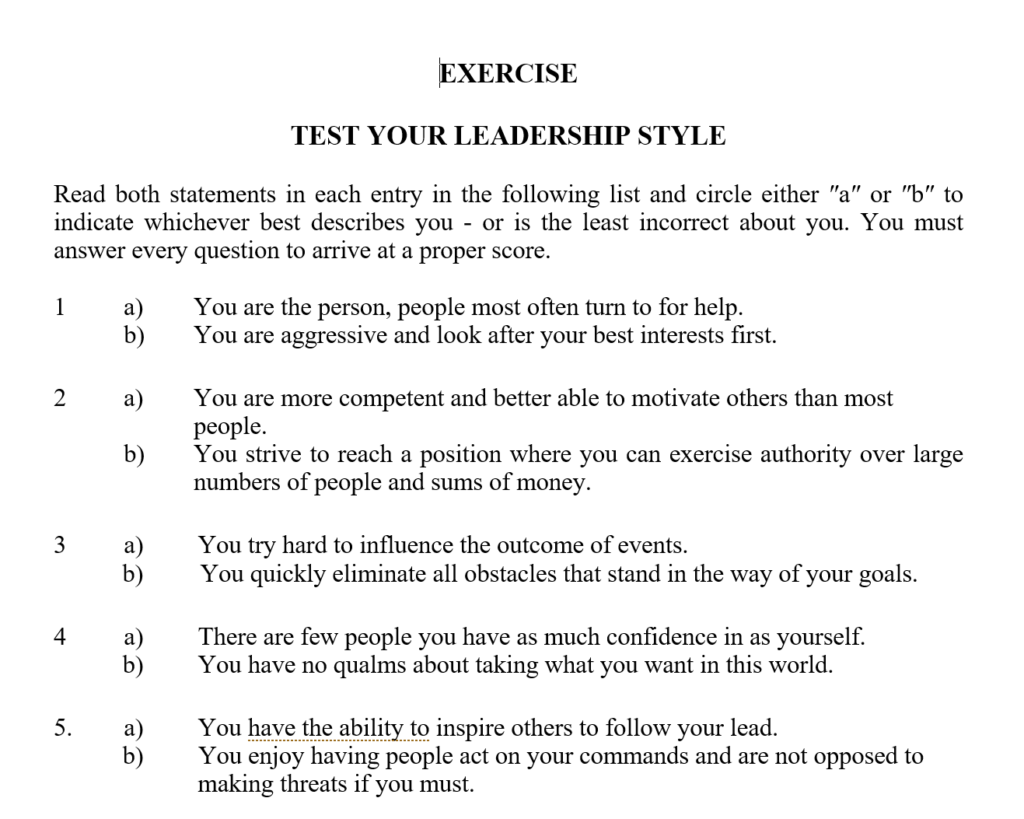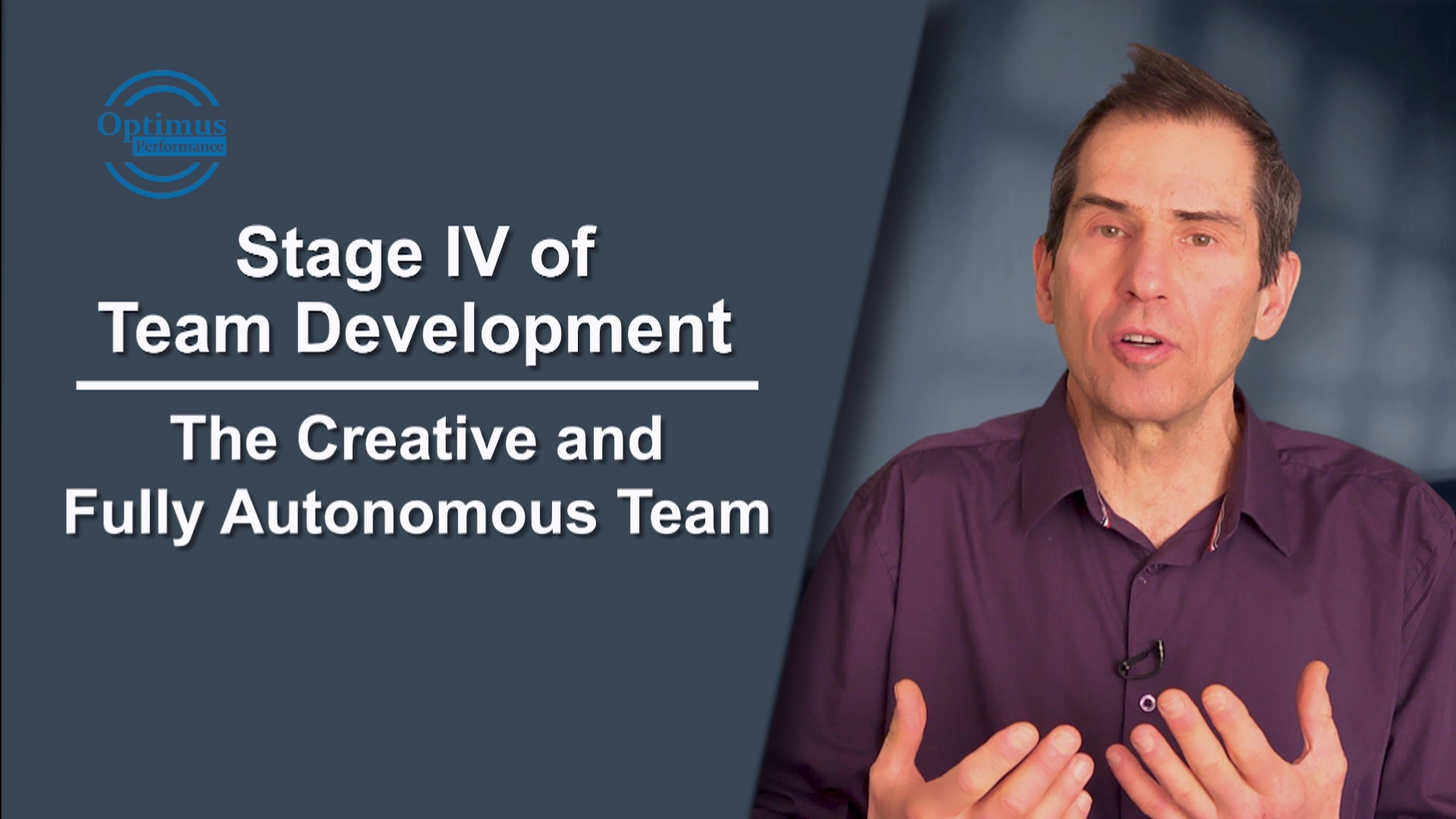MUTUAL COACHING TECHNIQUES FOR LEADERS AND TEAM MEMBERS
Learning mutual coaching techniques are essential for leaders and team members as teams evolve towards becoming autonomous and self directed.
The basic skills required for mutual coaching are active listening, asking questions and knowing the strengths and weaknesses of the other team members.
Active listening
Active listening is essential to practice when coaching someone as it confirms that you understand their situation and how they are feeling. Listening actively to someone is not just about nodding your head to show your listening but is feeding back in your own words what they are saying and how they are feeling.
When you practice active listening, you establish trust and build mutual understanding. This opens people to your comments and suggestions.
When you feedback the content of what is being said and the person confirms your understanding you can then proceed to the next step of mutual coaching.
Asking questions
Coaching is about helping someone solve a problem by having them view the situation from different perspectives. Coaching is not about telling people what they should be doing but guiding them through questioning to find their own solutions.
At times you may need to suggest possible solutions if you have knowledge about the situation or solution that the person is unfamiliar with. But this should be followed by a line of questioning to help the person determine what they can do with this new information.
Strengths and weaknesses
It’s important to understand the strengths and weaknesses of the person you’re coaching. This is so you can remind them of how a strength can help them overcome a weakness which is having an impact on their situation.
“It’s important to understand the strengths and weaknesses of the person you’re coaching”
For example, let’s say someone is having an issue with another team member and their weakness is the fear of emotional conflict but their strength is staying calm in crisis situations. You could remind them of the importance of the relationship within the team and how they can use their strength of detachment to confront the other person in a coolheaded way.
Asking for action
Once you have help the person come up with a solution to their problem or situation, it’s important to have them express what they plan to do as the next step. This allows you to agree on the action, follow-up and hold them accountable to their plan.
Example
Suppose someone on your team says to you, “my boss seems to be giving me all the worst tasks and saving the best ones for others”.
You could respond by saying “you feel you’re being treated unfairly by your boss, is that right?”
The other person responds, “yes that’s exactly right”
You would answer, “yes I’m sure it must feel terrible to be treated unfairly”.
Then you could ask some questions, wait for answers and have the person express their next action step.
“This allows you to agree on the action, follow-up and hold them accountable to their plan”
Sample questions
What have you expressed to your boss? What do you plan to do about this? What will happen if you do nothing to avoid your fear of emotional conflict? What could be the worst that would happen if you confronted your boss? How can you confront your boss using your strength of cool headedness?
Once you have the person get in touch with their solutions you confirm the action step they’re going to take and the time to follow up. This could sound like, “so we agree that you’ve decided to schedule a meeting with your boss and explain how you’re feeling to see if he is aware and at least let him know that you are upset. How about if we touch base on this by the end of next week, let’s say on Friday at lunchtime?”
Mutual coaching is a skill that all leaders and team members should learn in the process of their evolution towards becoming self-directed and autonomous.




